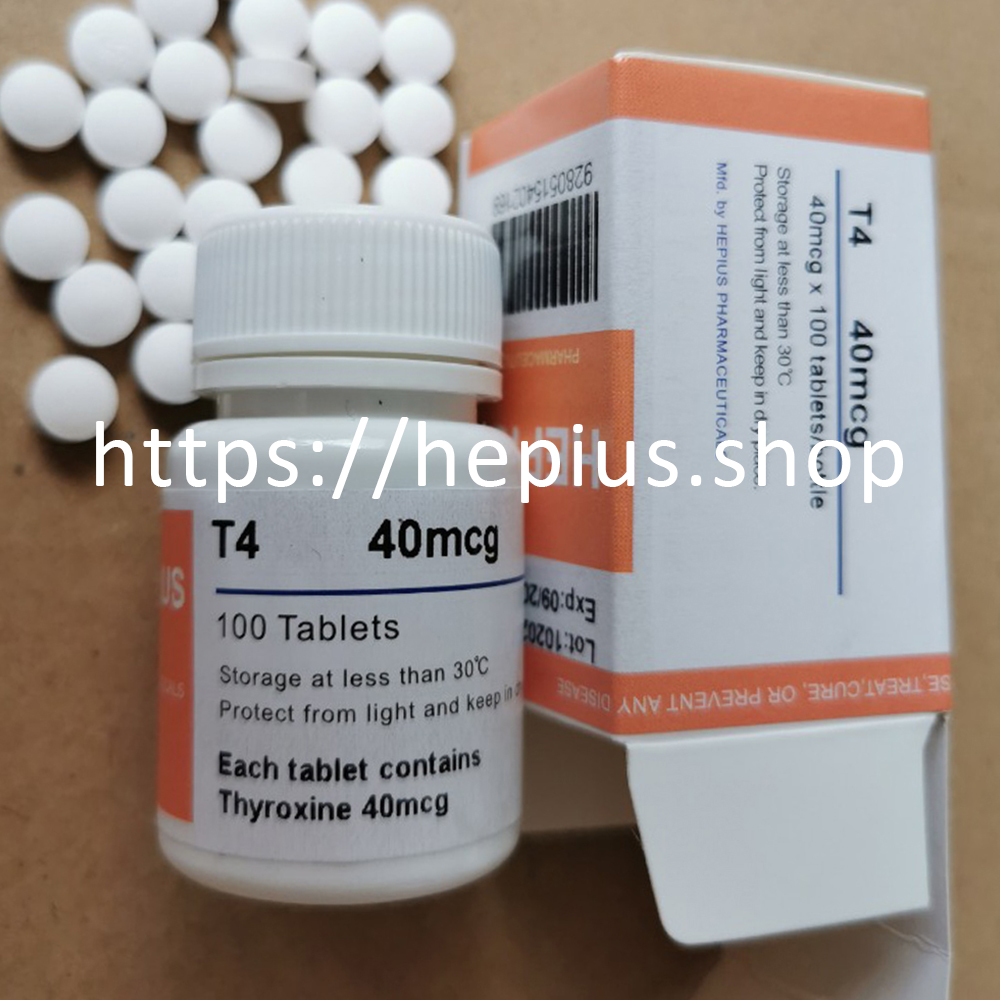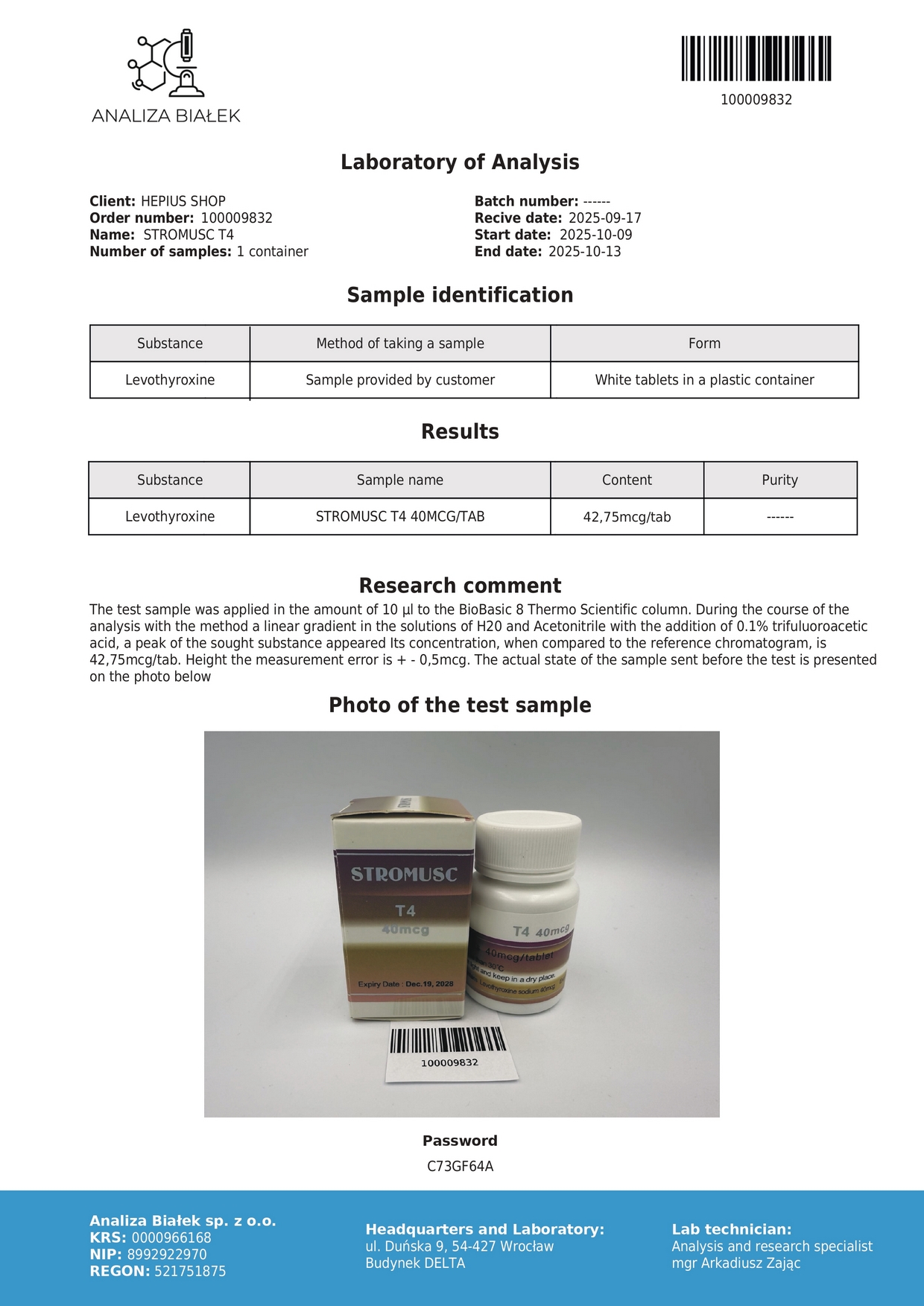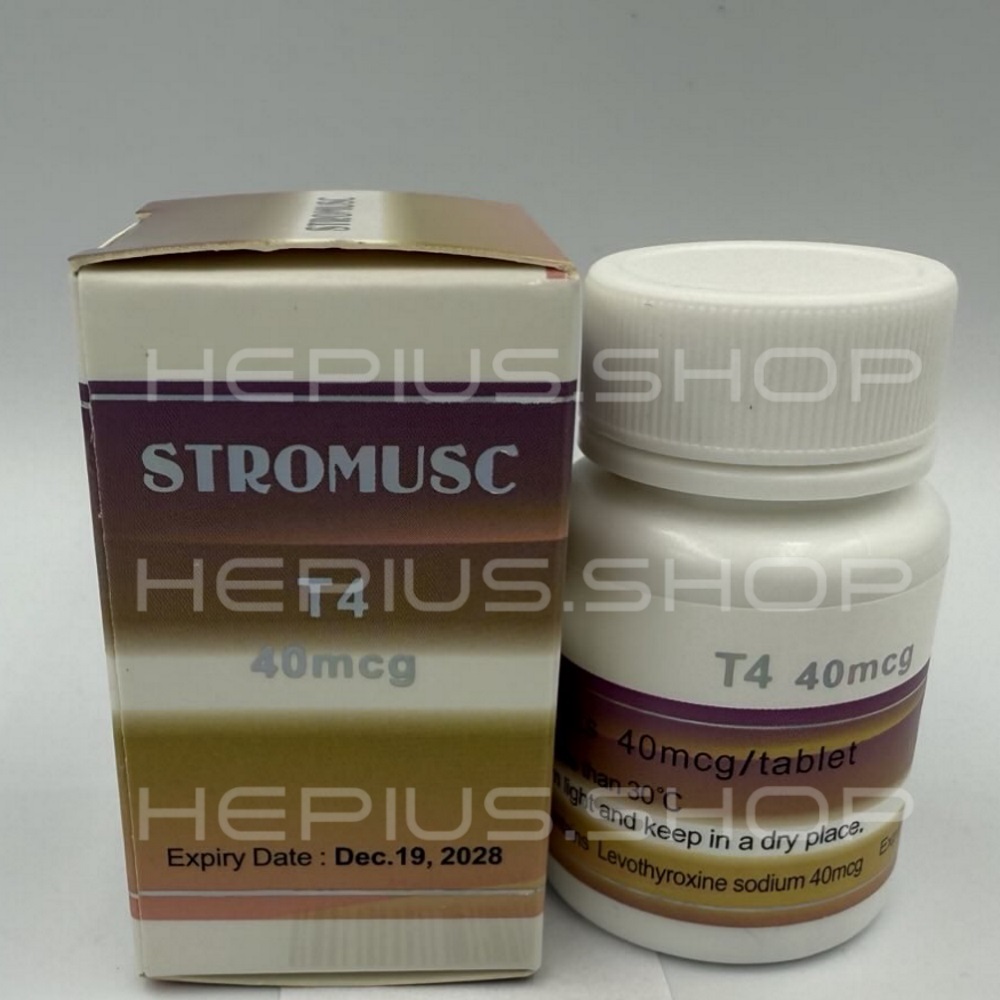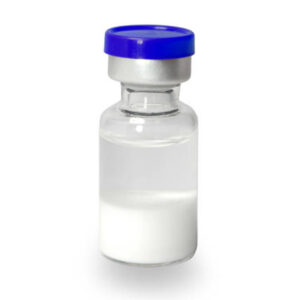Description
T4 (also known as thyroxine) is the other major thyroid hormone, closely related to T3, but it acts more like a storage form of thyroid activity rather than an immediate metabolic driver.
⚗️ What T4 Is
| Category | Description |
| Chemical name (IUPAC) | (2S)-2-amino-3-[4-(4-hydroxy-3,5-diiodophenoxy)-3,5-diiodophenyl]propanoic acid |
| Common names | Thyroxine, Levothyroxine, L-thyroxine |
| Brand names | Euthyrox, Synthroid, Eltroxin, Levoxyl |
| Molecular formula | C₁₅H₁₁I₄NO₄ |
| Type | Thyroid hormone precursor (prohormone to T3) |
🧠 Biological Function
Your thyroid gland naturally produces both T4 and T3:
- T4 = about 80% of thyroid output
- T3 = about 20%, but much more potent
Inside the body, T4 is converted into T3 (the active hormone) in the liver, kidneys, and other tissues.
So T4 acts like a slow-release reservoir that helps maintain steady thyroid hormone levels.
Functions:
- Regulates metabolic rate
- Influences heart rate, body temperature, and oxygen use
- Affects growth, mood, and brain development
- Balances fat, carbohydrate, and protein metabolism
💊 Medical Use (Everyday Life)
T4 is prescribed for:
- Hypothyroidism (underactive thyroid)
- Goiter (enlarged thyroid)
- Post-thyroidectomy hormone replacement
- TSH suppression therapy in thyroid cancer patients
Typical therapeutic dose:
- 50–150 mcg/day, depending on age, weight, and thyroid blood test results.
It’s usually taken once daily in the morning on an empty stomach.
🏋️ Application in Fitness / Bodybuilding
T4 is sometimes (illicitly) used by bodybuilders and athletes for fat loss, similar to T3 — but it’s less potent and acts slower.
🔥 Why athletes use it
- Increases calorie expenditure by raising metabolism
- Helps burn fat during cutting cycles
- May enhance energy and warmth
- Usually combined with T3, clenbuterol, or anabolic steroids to maintain muscle
However, it’s not very efficient for quick fat loss since most people convert only a fraction of T4 into active T3, depending on enzymes (deiodinases) and overall diet/health.
⚙️ Unofficial “Cycle” Patterns (for context only)
| Stage | Dosage | Notes |
| Start | 25 mcg/day | Often used to “test tolerance” |
| Increase | 50–100 mcg/day | Gradual increase every 3–5 days |
| Max (short term) | 150–200 mcg/day | High doses increase risk |
| Duration | 4–8 weeks | Followed by gradual taper |
⚠️ These regimens are not medically approved and carry serious risk of thyroid suppression and cardiac stress.
⚠️ Side Effects and Risks
Common
- Palpitations, anxiety, tremors
- Sweating, insomnia
- Headache, irritability
- Weight loss and muscle loss (if caloric intake too low)
Serious
- Arrhythmia, tachycardia
- Osteoporosis (long-term use)
- Hyperthyroidism symptoms
- Permanent thyroid shutdown if abused long-term
- Thyroid storm (life-threatening state of overactivity)
🧬 Legal & Doping Status
| Organization | Status |
| WADA | Prohibited under “Hormone and Metabolic Modulators (S4)” |
| Prescription status | Rx-only (medical supervision required) |
| Doping tests | Elevated T4/T3 ratios or abnormal TSH levels may indicate misuse |
🧩 T3 vs T4 Comparison
| Feature | T3 (Liothyronine) | T4 (Levothyroxine) |
| Potency | Strong (active hormone) | Weak (prohormone) |
| Half-life | ~1 day | ~7 days |
| Onset | Fast | Slow |
| Metabolic effect | High | Moderate |
| Typical medical dose | 25–75 mcg/day | 50–150 mcg/day |
| Bodybuilding use | Rapid fat loss | Longer-term metabolic support |
| Risk of suppression | Very high | Moderate |
| Conversion | Directly active | Must convert to T3 |
✅ Summary
| Aspect | T4 (Levothyroxine) |
| Type | Thyroid prohormone |
| Effect | Increases metabolism, supports T3 production |
| Medical use | Treats hypothyroidism |
| Typical dose | 50–150 mcg/day |
| Fitness use | Fat loss, usually combined with T3 |
| Risks | Heart strain, thyroid suppression, muscle loss |
| Legal status | Prescription only / banned in sport |












Reviews
There are no reviews yet.